patient safety
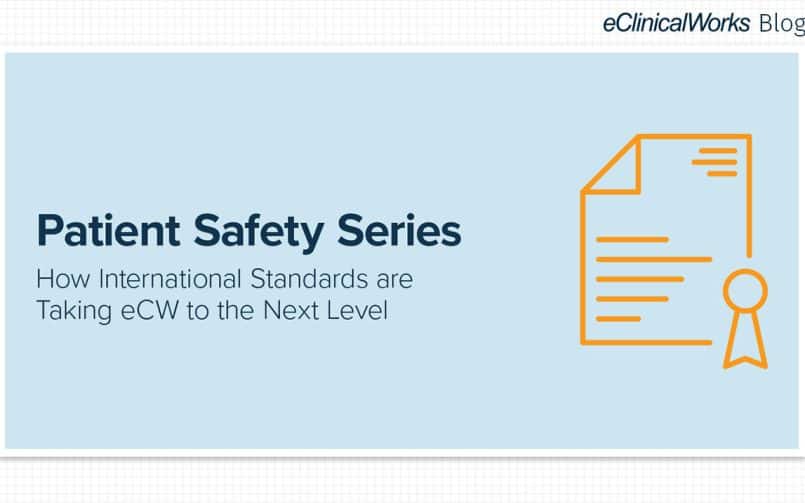
- 1 July, 2021
- blog
Improving Patient Safety Series: How International Standards Are Helping
This is the final blog in a series where we focus on how eClinicalWorks® continues to lead the healthcare IT industry in patient safety. Achieving the highest possible levels of patient safety in healthcare IT is a multifaceted process that includes proper handling of Reportable Events, reducing the Mean Time to Repair any such events, and addressing critical details such as data truncation, the handling of special characters, and uncoded allergies.
Read Continue
- 24 June, 2021
- blog
Improving Patient Safety Series: Uncoded Allergies
This is the fourth of five blogs in a series where we focus on how eClinicalWorks® continues to lead the healthcare IT industry in patient safety.
Read Continue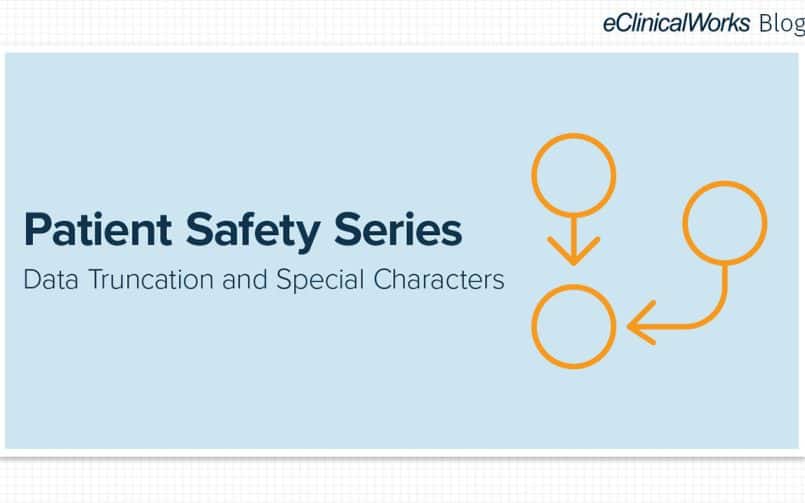
- 17 June, 2021
- blog
Improving Patient Safety Series: Data Truncation and Special Characters
This is the third of five blogs in a series where we will focus on how eClinicalWorks® continues to lead the healthcare IT industry in patient safety.
Read Continue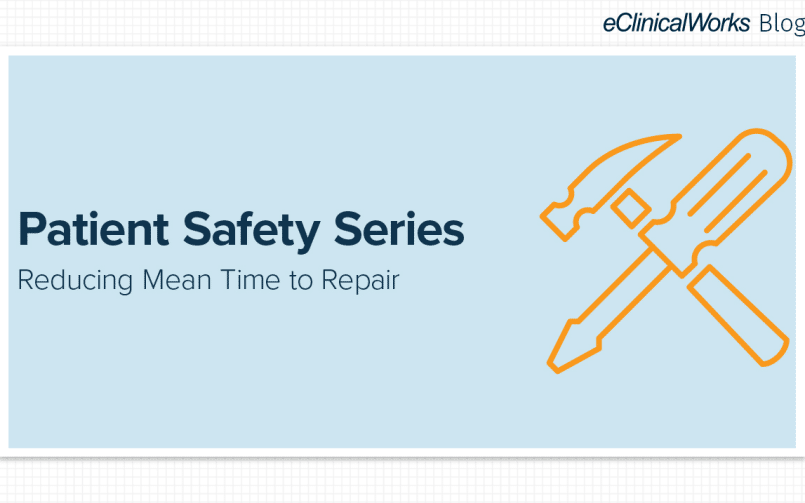
- 10 June, 2021
- blog
Improving Patient Safety Series: Reducing Mean Time to Repair
This is the second of five blogs in a series on how eClinicalWorks® continues to lead the healthcare IT industry in patient safety.
Read Continue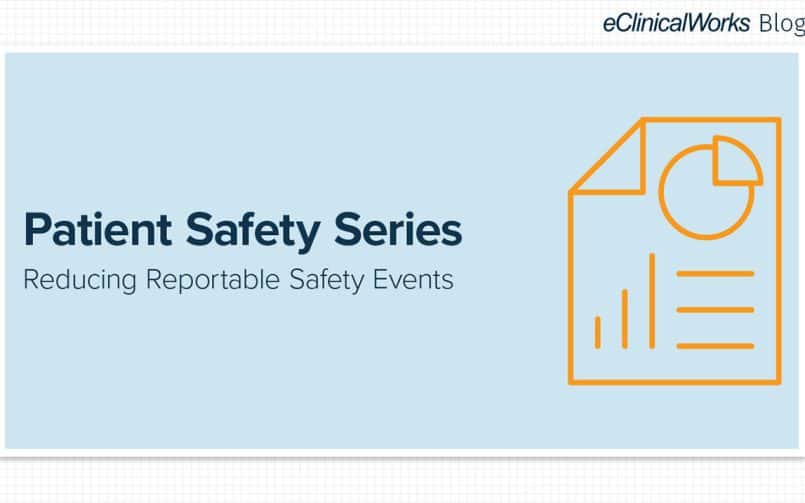
- 3 June, 2021
- blog
Improving Patient Safety Series: Reducing Reportable Safety Events
This is the first of five blogs in a series focusing on how eClinicalWorks® continues to lead the healthcare IT industry in patient safety.
Read Continue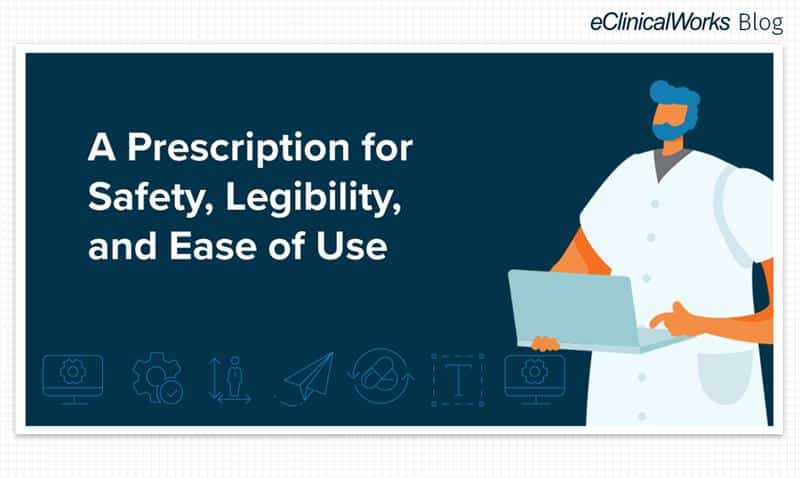
- 25 May, 2021
- blog
A Prescription for Safety, Legibility, and Ease of Use
Back in 2000, Donald M. Berwick, then CEO at the Boston-based Institute for Healthcare Improvement, coauthored an editorial article lamenting the persistence of paper medical records and handwritten prescriptions.
Read Continue
- 7 January, 2021
- blog
A New Year Brings a Fresh Start with eClinicalWorks V11.50
You know that feeling you get when you replace your microwave oven, buy a bigger TV, or finally decide to get a new car? What you had was very good, and you were comfortable with it. But after a few days or weeks of the new model, you can’t believe what you were missing!
Read Continue
- 27 July, 2020
- blog
4 Ways to Attract New Patients and Retain Existing Ones
When it comes to selecting a new physician, patients today have quite a few options to choose from. By doing a quick search on the internet, patients will not only find out what is expected from healthcare practices but also find out how an individual practice fares against the competition. Just because a patient initially chooses a practice, doesn’t mean they’ll continue coming back. Read on to learn about four ways that could help you attract new patients and also keep them coming back to receive care.
Read Continue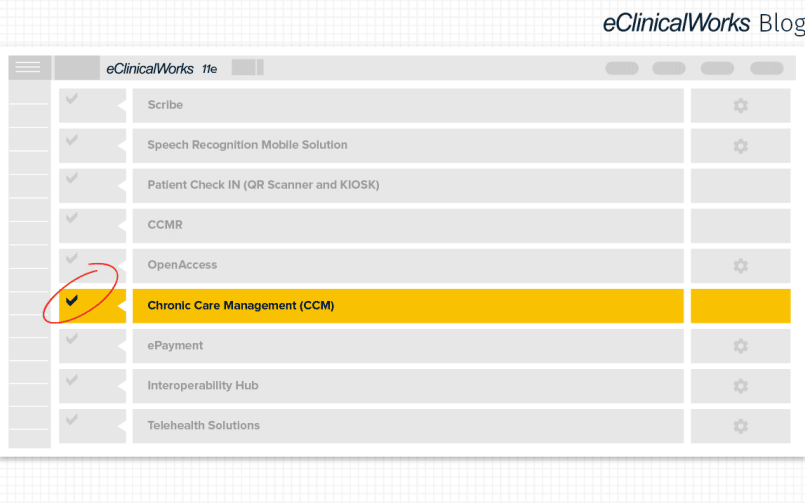
- 28 June, 2019
- blog
Implementing a patient safety culture
Patient safety is something I could talk about over and over; patient safety has always played —and always will play — a central role in the success of Eagle Physicians and Associates down here in Greensboro, North Carolina.
Read Continue
- 12 April, 2019
- blog
Staying Safe: Top 10 Patient Safety Concerns
In 1968, Dr. Joel J. Nobel, a surgeon at Philadelphia’s Pennsylvania Hospital, warned administrators that a hospital defibrillator wasn’t working. That same week, a 4-year-old patient died because of the same device.
Read Continue
- 1 April, 2019
- blog
EHR satisfaction and the workplace
Beginning in the early 1980s, a transformation of American medicine began that few medical professionals foresaw. And it wasn’t a miracle drug, a research breakthrough, or some dreaded new disease that did it. It was, to put it simply, the computer.
Read Continue
- 13 November, 2018
- blog
Physician Burnout – The eClinicalWorks Solution
Technology continues to advance in healthcare, but an epidemic of physician burnout continues to threaten the quality of both the doctor’s and the patient’s experience. Between 2011 and 2014, burnout increased from 45.5% to 54.4%, according to the American Journal of Medicine. That had a negative impact on the quality of care, patient safety, and provider and patient satisfaction. While some EHR companies’ solutions may actually make the burnout problem worse by forcing providers to spend even more time on their computers, eClinicalWorks is providing tools that help providers actually reduce the risks of burnout.
Read Continue